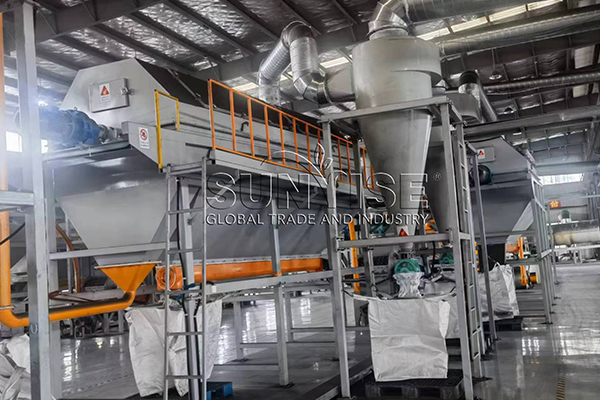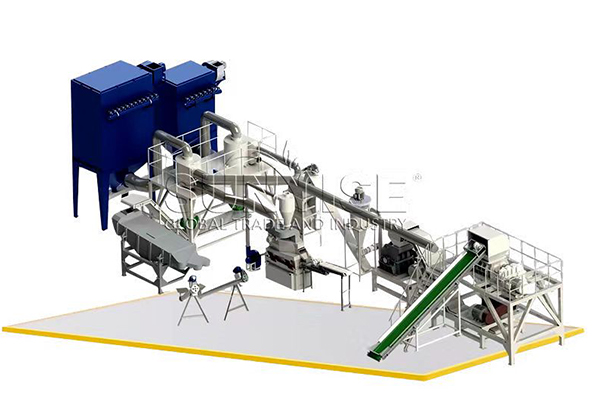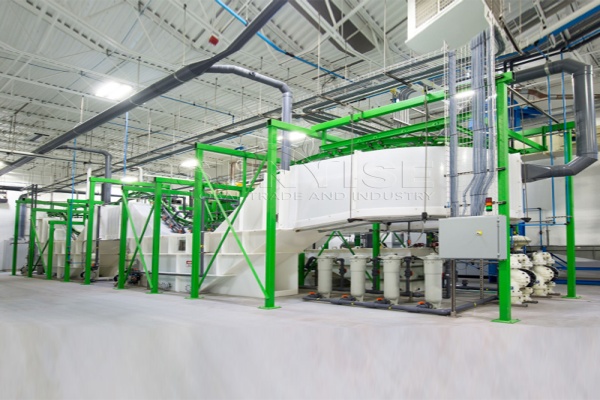There are different types of 1 tph tire pyrolysis recycling systems, including Mobile Pyrolysis Units, Batch Tire Pyrolysis Machines, and Continuous Tire Pyrolysis Machines. Each type operates based on the fundamental principle of pyrolysis but with some differences in the process flow.
Mobile Tire Pyrolysis Unit
Loading and Preparation for Tyres
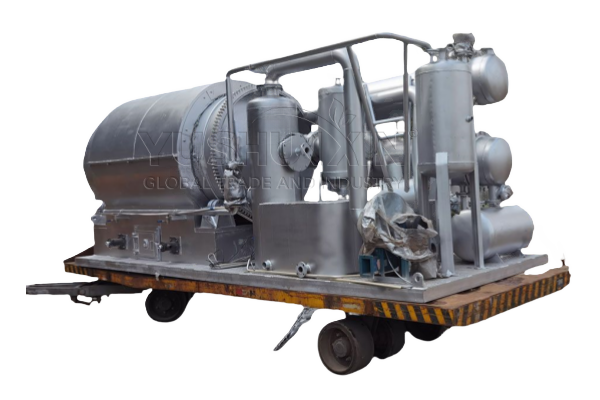
The mobile pyrolysis unit is designed for flexibility and can be easily transported to different locations. Waste tires are first loaded onto the mobile skid-mounted tire pyrolysis machine. Before the pyrolysis process begins, the tires may be shredded into smaller pieces to increase the surface area and facilitate faster and more efficient pyrolysis. This shredding step is crucial as it allows for better heat transfer during the subsequent heating process.
Tyre Pyrolysis Chamber
Once the shredded tires are loaded into the pyrolysis chamber, the chamber is sealed to create an oxygen – free environment. This is essential because pyrolysis occurs in the absence of oxygen; otherwise, the tires would burn instead of undergoing pyrolysis. The chamber is then heated using a heat source, which could be the pyrolysis gas produced during the process itself or an external fuel source such as natural gas. As the temperature inside the chamber rises to around 400 – 600 degrees Celsius, the rubber in the tires starts to break down into smaller molecules.
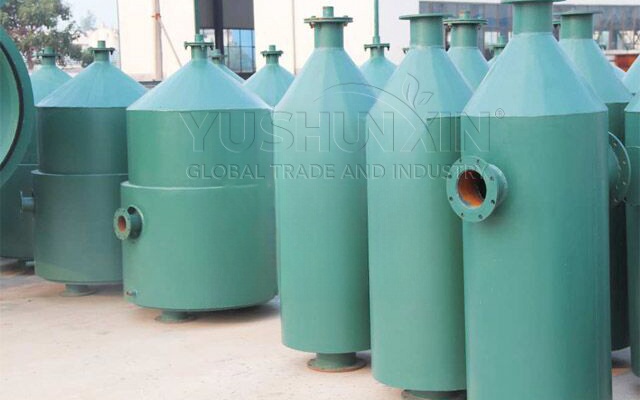
Vaporization and Condensation in Tire Pyrolysis
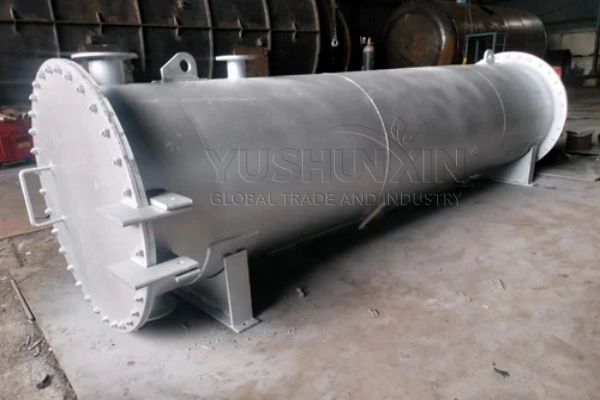
The pyrolysis process generates a mixture of gases and vapors. These vapors are then directed towards a series of condensers. The condensers typically consist of long, coiled pipes or tubes, often made of materials with good heat-transfer properties such as stainless steel. As the hot vapors pass through the condensers, they come into contact with the cooler surfaces of the condenser tubes. The temperature of the vapors drops rapidly, causing them to condense into a liquid state. This liquid is the pyrolysis oil, which can be collected and further refined for use as a fuel or in other industrial applications.
Gas Separation in Tyre Pyrolysis
Not all of the pyrolysis products condense into liquid. Some remain in the gaseous state. These gases are passed through a gas separation system. This system may use filters and membranes to separate different types of gases. For example, lighter hydrocarbons such as methane and ethane can be separated from heavier gases. The separated gases can be used as a fuel to heat the pyrolysis chamber, creating a self – sustaining energy loop.
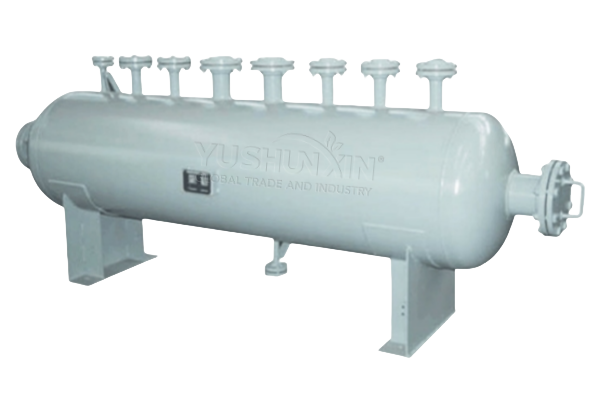
Collection of Carbon Black from Tires
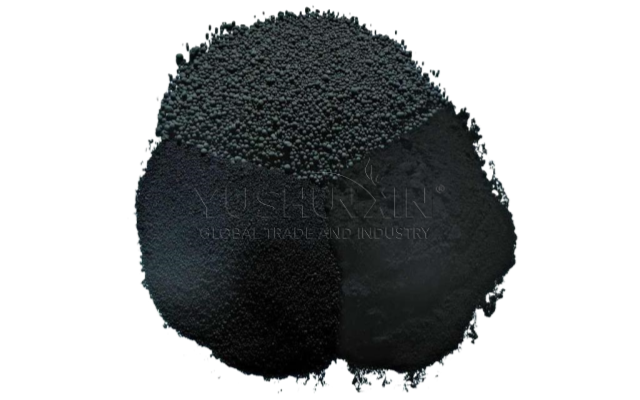
After the pyrolysis process is complete, the solid residue left in the pyrolysis chamber is mainly carbon black. De koolstof zwart is removed from the chamber and can be further processed to improve its quality. It can be used in various industries, such as rubber manufacturing, ink production, and as a filler in plastics.
Batch Tire Pyrolysis Machine
Batch -laadafvalbanden
In een batchbandenpyrolyse -apparatuur, Een specifieke hoeveelheid afvalbanden wordt tegelijkertijd in de pyrolysereactor geladen. De banden kunnen heel zijn of voorgesneden, Afhankelijk van het ontwerp van de machine. Zodra de reactor is gevuld, het is verzegeld om de binnenkomst van zuurstof te voorkomen.
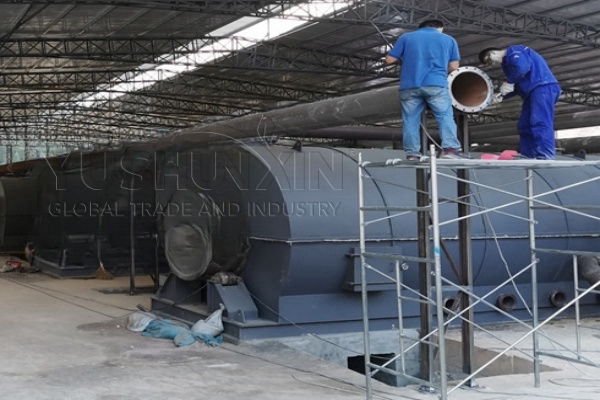
Verwarming en pyrolysebanden
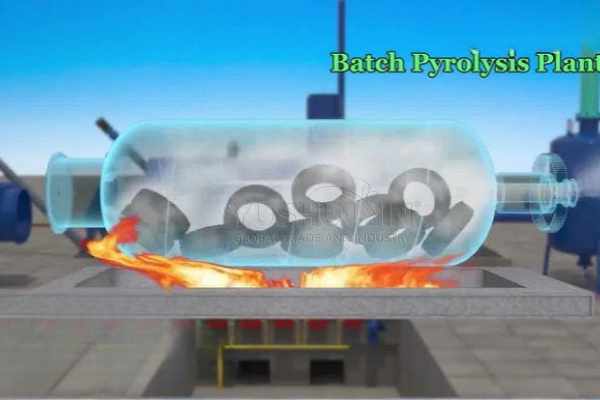
De reactor wordt verwarmd met behulp van een verwarmingssysteem. Vergelijkbaar met de mobiele eenheid, De warmte kan worden geleverd door het pyrolysegas of een externe brandstof. Naarmate de temperatuur stijgt, De banden beginnen te ontleden. Het pyrolyseproces in een batchmachine kan enkele uren duren, Afhankelijk van de grootte van de batch en de bedrijfstemperatuur.
Herstel van bandenpyrolyse bijproducten
Tijdens het pyrolyseproces, De gegenereerde dampen en gassen worden naar het condensorsysteem geleid. De condensor, met zijn netwerk van buizen, Koelt de dampen om te vormen Bandenpyrolyseolie. Het niet – condenseerbare gassen worden gescheiden en kunnen worden hergebruikt als brandstof. Nadat de pyrolysereactie is voltooid, De koolstofzwart wordt uit de reactor verwijderd. Een van de kenmerken van een batchsysteem is dat het na elke cyclus moet worden gelost en opnieuw geladen met een nieuwe batch banden, die wat downtime tussen batches kan veroorzaken.
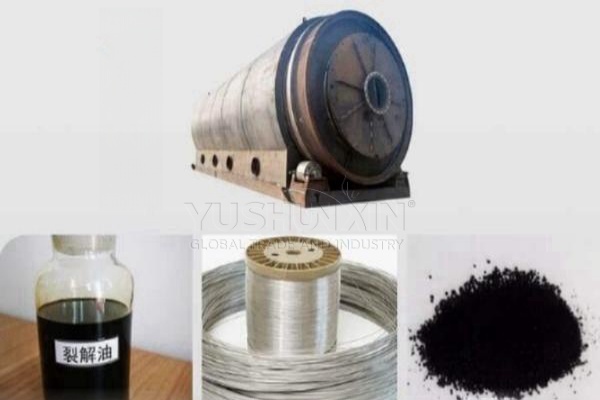
Continue bandenpyrolyseapparatuur
Continue bandenvoeding
Een continue bandenpyrolyse recyclinglijn is ontworpen voor hoog-volume en continue werking. Afvalbanden worden continu via een transportsysteem in de pyrolysereactor ingevoerd. Dit zorgt voor een gestage levering van grondstoffen en zorgt voor een efficiënter en continu productieproces.
Continu bandenpyrolyseproces
De banden bewegen door de reactor terwijl deze wordt verwarmd. De temperatuur wordt zorgvuldig geregeld langs de lengte van de reactor om ervoor te zorgen dat het pyrolyseproces gelijkmatig optreedt. Naarmate de banden door de reactor gaan, Ze worden geleidelijk opgesplitst in pyrolyseproducten.
Condensatie en productscheiding
De dampen en gassen die tijdens het continue pyrolyseproces worden geproduceerd, worden continu gericht op de condensor. De condensor, met zijn lange en efficiënte koelbuizen, condenseert de dampen snel in pyrolyse -olie. Het niet – condenseerbare gassen worden gescheiden en gebruikt voor verwarming. De koolstofzwart wordt continu verwijderd van het uiteinde van de reactor. Deze continue werkingsmodus resulteert in een hogere productiviteit in vergelijking met batchsystemen, Omdat het proces niet nodig is om het proces te stoppen voor het laden en lossen.
Whether it is a mobile, batch, or continuous 1 tph Afvalbandenrecyclingproductielijn, they all rely on the principle of pyrolysis to convert waste tires into useful products. The differences lie in the mode of operation, loading and unloading methods, and overall productivity, which can be selected according to your production needs and site conditions.
Neem contact met ons op

